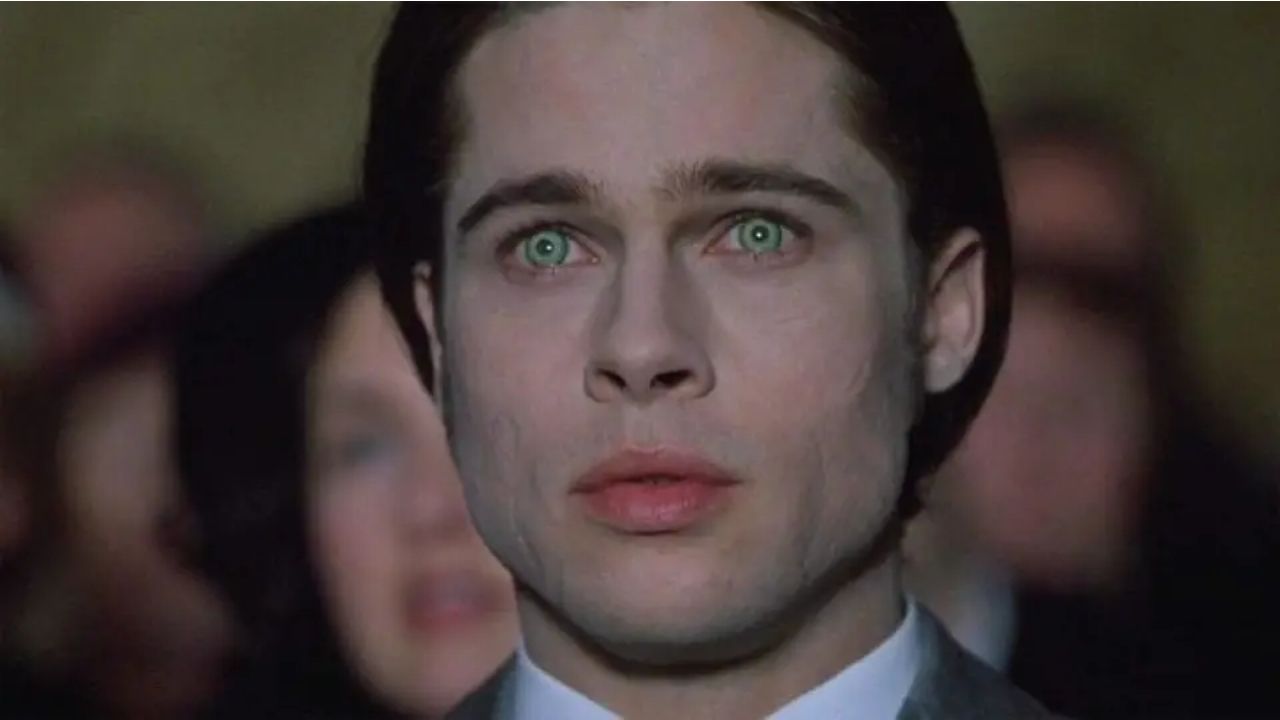World’s Largest Design Showcase Got a ‘Reboot’ Feeling This Year
This year’s edition of Milan Furniture Fairthe most representative international meeting of the design and decoration sectors, which ended on April 23rd, represented a sort of new beginning.
Not only because, after three years, the event was repeated in April, as tradition dictates. But also because, by inaugurating a new layout, the largest design showcase in the world has gained in expressiveness and agility, expanding the interaction with its visitors. A number exceeding 300 thousand, 15% more than in 2022.
In orbit around the official event, in the approximately 300 attractions of the Fuorisalone circuit – as the related events that move the city and its surroundings are known – the enthusiasm was no less. Controversial public with independent designers – grappling with innovative, engaging production techniques from recycled materials to artificial intelligence – major brands, including a growing list of couture houses such as Dior, Hermes AND Louis Vuittonhe invested heavily in elaborate installations.
Seen as a language common to all the cultures of the world, manifestos referring to the fundamental archetypes of design – represented by the Italian graphic designer Gio Pastori, through the names, in English, of furniture and lamps linked to each of the letters of the alphabet – could be found in the entire city.
Trends from A to Z
And, to stay in the mood, even here, from A to Z, you can discover the characters, trends and places that gave life and shape to the great Milanese fair of 2023. Take a look:
Alcove. For the fifth time the event has moved the ruins of an old Milanese slaughterhouse and, with 90 exhibitors, has established itself as the main attraction of the Fuorisalone.
Bouclé. A heavy fabric, made up of thick, coiled threads. This is bouclé, the upholstery of the moment according to the upholstery presented in Milan.
Ceramic. The interest of designers for the raw material is growing which, in addition to covering architecture, is now used to compose the design of furniture and lighting fixtures.
Drug design. Three decades after their first show in Milan, the Dutch collective was the subject of a retrospective at the Milan Triennale.
Eurolight. After a four-year hiatus, the biennial lighting fair is back completely redesigned and emphasizing the interaction with its visitors.
Fernando Campano. Who passed away last year, the Brazilian designer won an installation in his tribute to the Milan Triennale, led by his brother Humberto.
Cajetan Fish. In full swing, the designer created two bags for Bottega Veneta, relaunched a folding screen, and even held a master class at the Satellite Salon.
Honoka. The Japanese design collective won the Salon Satellite Awards with a collection made from discarded tatami mat fibers.
Interior. There is a growing concern among exhibitors and designers about contextualizing furniture, accessories and lighting within their destination environments.
Star Trek. Planets and constellations. But also asteroids and galaxies. The outdoor space served as inspiration for many collections seen in Milan.
Kartell. The Italian plastic furniture giant points to the future – and succeeds – by proposing spaces that mix new products with existing ones
Lamps. From bulb to led. Explored in their technical and aesthetic dimensions, the artifacts capable of producing light have found new applications and supports.
Minimalism. Designers and manufacturers invest in saving materials, foreshadowing a new aesthetic. Less elaborate, but no less expressive.
Nendo. In his first foray into classic Minotti, Oki Sato presents Tape: a collection of armchairs that subverts the idea of feet protruding from the seat.
Optimism. An atmosphere of levity, humour, sometimes even light irony, was perceptible in much of the production presented inside and outside the Salão do Móvel.
Paola Lenti. From a new home, the designer has presented one of the most complete collections of the season, with both indoor and outdoor furnishings.
Square. The format makes a strong comeback in the design of furniture and accessories. Mainly on the coffee tables and on the domes of pendants and lampshades.
Rosanna Orlandi. The gallerist has once again opened the doors of her space to projects in which innovation cannot ignore environmental responsibility.
Sustainability. In addition to plastic, materials such as glass, wood and even stones, in a recycled version, become part of the designer’s agenda.
Fabrics. No longer used only as a covering, the material becomes part, in an unprecedented and creative way, of the very design of furniture and lighting fixtures.
Utility. Everyday objects acquire more sustainable versions. Like the felt basket by Muuto, now made with recycled fibers from plastic bottles.
Glass. Transparent or opaque. Glossy or matte. And above all, recyclable. Not surprisingly, the material is gaining more and more space in design.
Walter Gropius. The legacy of the founder of the Bauhaus, present in the I Maestri collection, by Cassina, is a lifelong inspiration in times when less is once again more.
X Factor. If for decades the success of “made in Italy” was attributed to the combination of design and quality, everything indicates that environmental responsibility is now added to the formula.
Generation Y Echoes of the generation born connected can be heard at the Salão Satélite, an exhibition created by Marva Griffin for designers under 30.
Zeitgeist. Past and future. At Milan 2023, the zeitgeist translates into a sustainable look at the reference projects. And therefore immune to time.
Source: Terra
Rose James is a Gossipify movie and series reviewer known for her in-depth analysis and unique perspective on the latest releases. With a background in film studies, she provides engaging and informative reviews, and keeps readers up to date with industry trends and emerging talents.






